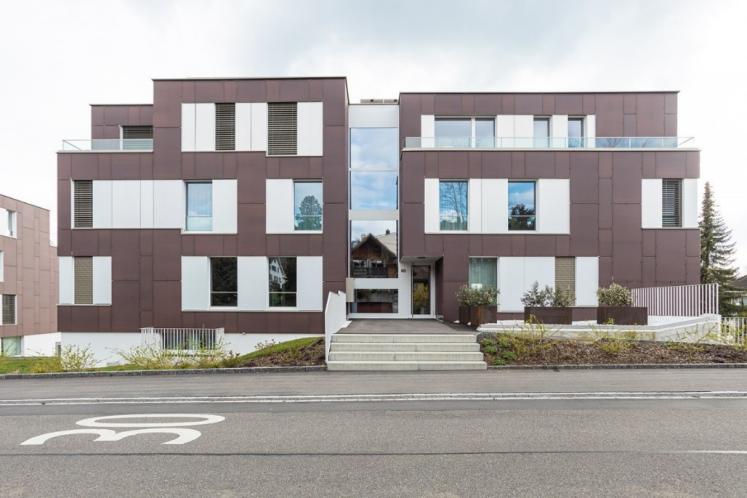A tool to optimise Building Integrated Photovoltaics (BIPV)

Building Integrated Photovoltaics (BIPV) can contribute to accelerate the global energy transition, producing electricity from renewable energy sources directly in the buildings. BIPV modules can substitute roof, façade, shading components, etc., thus considering it with the early stages of the buildings’ design can be relevant. Eurac Research developed a tool to support architects and other designers in this task. The “BIPV optimization tool” (available in a simplified version on the EnergyMatching Platform) suggests the optimal configuration of a PV system to be integrated in a building or group of buildings, meaning optimal PV capacity, modules’ position and electric storage system size. It considers the specificities of the cases, including the hourly profile of building electricity consumption. The tool can evaluate the energy fluxes between PV, storage, building uses and grid in each hour of the year. This allows to have a set of KPIs addressing the BIPV expected performance, for instance self-consumption, self-sufficiency, net present value, levelised cost of electricity, CO2 emission. The BIPV optimisation tool supports Eurac experts also to explore the BIPV potential with regard to different research topics today under discussion. This article explores the features of the tool and an application example.
BIPV towards the energy transition
To achieve the objectives set out in the 2030 Climate Target Plan, it is fundamental to accelerate the energy transition through a massive increase of Renewable Energy Sources (RES), energy efficiency and the electrification of many end-use sectors. With the Renewable Energy Directive (EU Directive 2018/2001) on the promotion of the use of energy from renewable sources [1] and the following revision [2], the European Union updated the target for the reduction of Greenhouse Gas (GHG) emissions compared to the levels of 1990, up to 55% compared to the 40% of the previous plan, and the objective to cover at least 40% of the energy demand by RES by 2030. Integrating photovoltaic (PV) technology in the built environment to generate electricity can be one of the main mechanisms towards the global energy transition, and thus the building sector decarbonisation. In 2016 it was estimated that Building Integrated Photovoltaics (BIPV) could technically cover 32% of the building electricity demand at the EU level [3]. A recent study [4] reveals how this 32% is expected to grow by 2030, when buildings in the EU will become more energy-efficient and the efficiency of PV systems will have improved considerably.
RELATED NEWS
PV Pergola – Combining energy, nature and recreational space
Together with students from the Salzburg University of Applied Sciences, the concept of PV Pergola has been developed further with the design of practical solutions to combine greenery and photovoltaics.
Retrofit to achieve the nZEB target: a first look into demo case designs.
A first look into the design of the demo cases and the prefabricated renovation technologies for the retrofit of buildings, aiming at reaching the nZEB target.
New study on hidden colored Building Integrated Photovoltaics (BIPV)
The technological solutions for introducing colors in BIPV modules and the challenges of the aesthetic integration in building design.